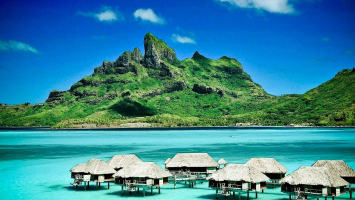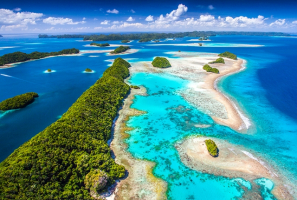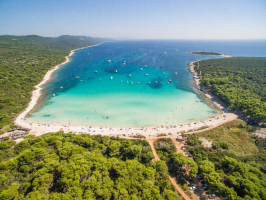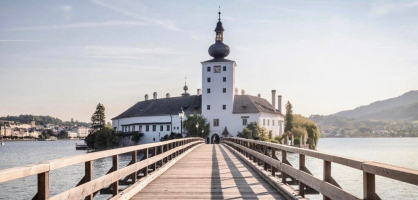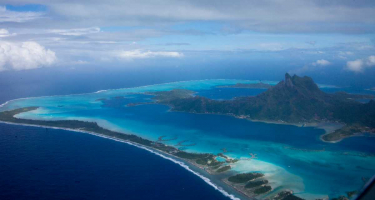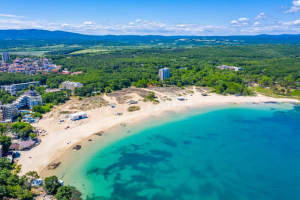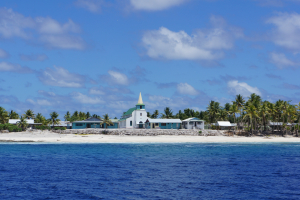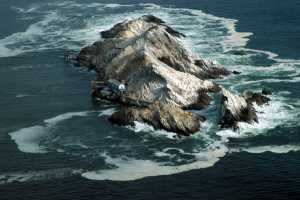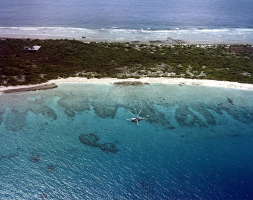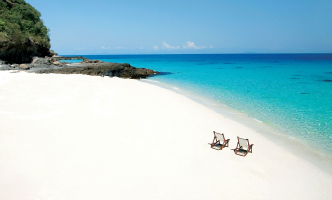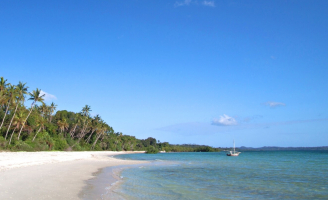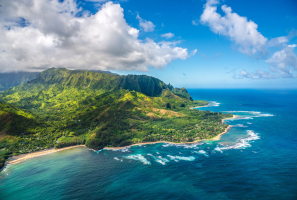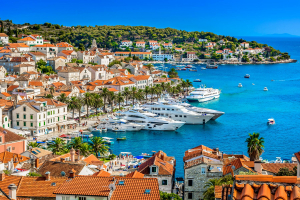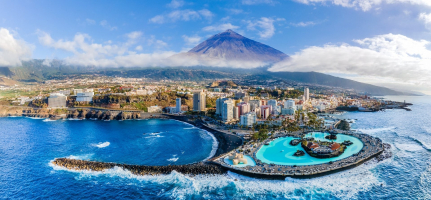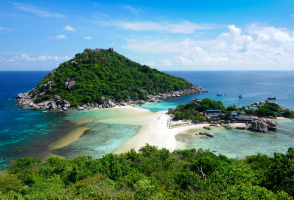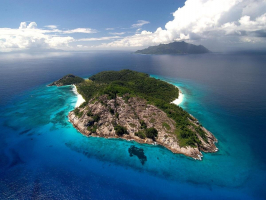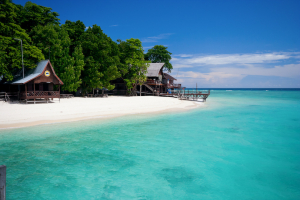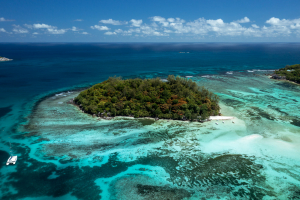Top 7 Most Beautiful Islands in South Africa
If you are still confused about where to go in South Africa, here are the recommendations for you! Top 7 most beautiful islands in South Africa. Let's discover ... read more...now!
-
Seal Island gets its name from the tens of thousands of Cape fur seals that live on the island. The island is 5 acres (2.0 ha) in size and is located 5.7 kilometers (3.5 miles) off the coast of False Bay. Nothing grows on the island since the surface is granite and there is no soil to support plant life. This island can only be reached by boat from Hout Bay. The tour lasts approximately an hour, and while you're there, bring a nice camera to capture the beautiful harbor and, of course, the seals. Be aware that the sea might be turbulent at times, so plan accordingly.
Aside from the Cape fur seal, there is also the Brown fur seal, and at certain times of the year, the seal's major predator, the great white shark, is drawn to the dense concentration of seals. Seal Island and the surrounding waters offer a once-in-a-lifetime chance to see great white sharks attack Cape fur seals and study social interactions between the two species. The sharks on the island have become notable for their size and preferred method of grabbing their prey: a shark starting an assault will emerge from beneath the water and fling itself out of the water with the seal in its mouth.
Location: False Bay
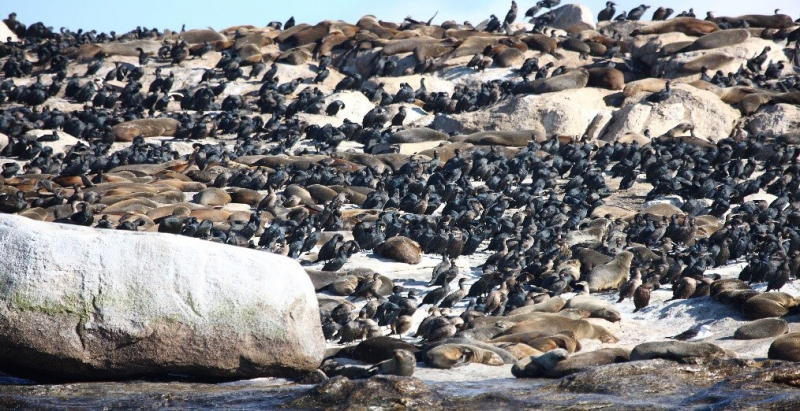
Source: ultimate-animals.com Source: Ivan Tang -
St Croix Island is located off the coast of Port Elizabeth in Algoa Bay. It covers 29 acres (12 hectares) of land and is made primarily of rocky outcrops, some of which reach heights of 53 meters (174 ft). It is part of a set of coastal islands organized roughly into two groups of three islands each, 4 km offshore between the Coega and Sundays River mouths.
Hundreds of African penguin colonies breed on St Croix, which has been designated as a wildlife refuge. Tourists are transported to the collection of islands by boat charters, however landing regulations limit the vessels to a close approach. You can watch the penguins and capture photos for mementos or to share with friends and family on social media from such a location. The optimum time to go is between March and May, when the breeding season is at its peak. Diverse dolphin species can also be seen swimming in groups. The most ideal time to see dolphins is from January to June.
Location: Algoa Bay
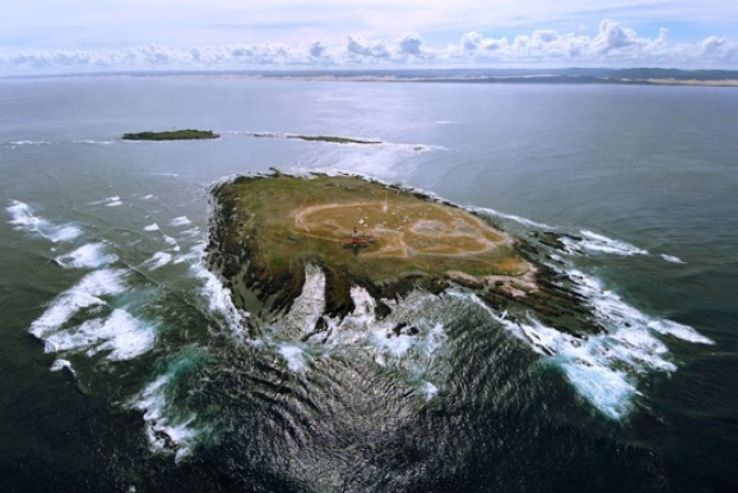
Source: HelloTravel Source: MONICA ROAMS -
Marion Island lies 1,920 kilometers (1,190 miles) south of Cape Town, South Africa's southernmost point. Permanent meteorological research stations have been built on the island by the South African National Antarctic Programme. On the island, up to 12 researchers and technicians are stationed for 14 months before being released. Other scientists at Marion work on plants, wildlife, and marine life, in addition to meteorologists. The island is home to southern elephant seals, fur seals, penguins, and albatross. It is subjected to severe weather, including rain, snow, cold temperatures, and high gusts. Marion Island is not open to tourists, and only members of the study team who are onboard a research vessel are allowed to visit. On rare occasions, relief teams will sail here.
Aside from their distinct terrestrial biota, Marion Island is a home for numerous species of breeding seals, seabirds, and a resident population of killer whales who wander the vast, unspoiled maritime area surrounding them. Don’t hesitate to take a trip to this island, one of the most beautiful islands in South Africa.
Location: Cape Town
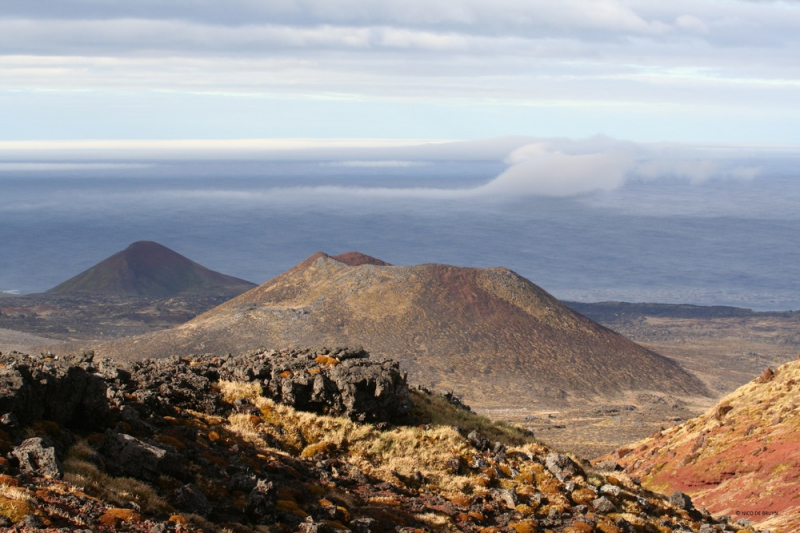
Source: marionseals.com Source: Waldo Venter -
Dyer Island is a small island off the coast of Kleinbaai. It is a natural reserve that covers 49.4 acres (20 ha). The reserve is designated as an Important Bird Area, one of 112 in South Africa and 1,250 in Africa. The roseate tern, bank cormorant, and African penguin are among the endangered birds that breed on Dyer Island. Cormorants, petrels, oystercatchers, and gulls are among the birds that breed at the bird reserve. The public is not permitted on the island because it is a restricted area. You may, however, sail and get close to Dyer Island on a guided trip.
Dyer Island has been designated as an Important Bird Area (IBA), giving it the same status as any other IBA in the world. In Africa, there are 1228 IBAs, with 101 in South Africa. Dyer Island is thus one of the hundred most significant sites in the country in terms of bird conservation.
Location: Kleinbaai harbor
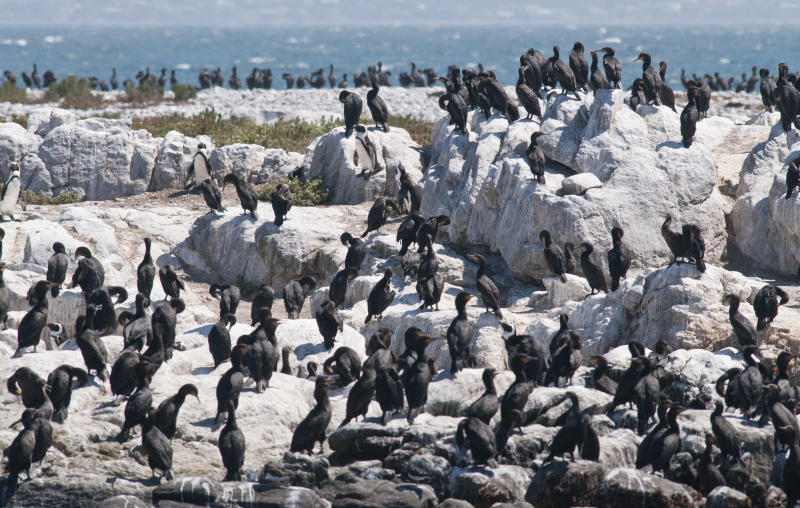
Source: hgrida.no Source: The Last Shark -
Talking about the most beautiful islands in South Africa, Malgas Island is not to be missed. Malgas Island is a marine protected area in Saldanha Bay, South Africa, roughly 800 meters (2,624 feet) from the mainland. It is part of West Coast National Park and covers roughly 20.5 acres (8.3 hectares). The majority of the island's surface is flat, and the island is approximately rectangular in shape. Its highest point is 9 meters (29.5 feet) above sea level.
Shallow dirt patches, stones, and smooth rock adorn the surface. Shell pieces, sand, and guano are among the other components. The principal residents are nesting Cape gannets which is a seabird species. Cape and crested cormorants can be found among the gannet nests. Visitors can also come across African penguins and gulls that live on the island's outskirts.
During the winter, the sparse vegetation is largely low herbs, while there is almost no vegetation during the summer. Malgas Island is devoid of terrestrial animals. Malgas Island's lack of flora and fauna can be traced back to its history.
Location: Saldanha Bay
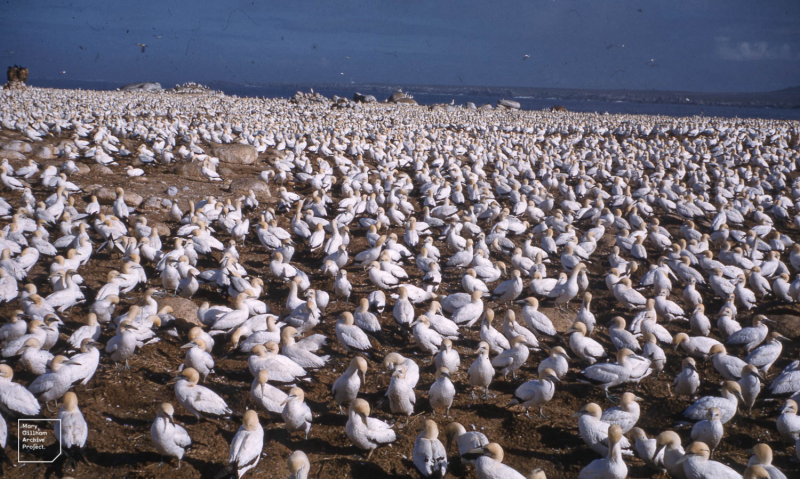
Photo: Wikipedia 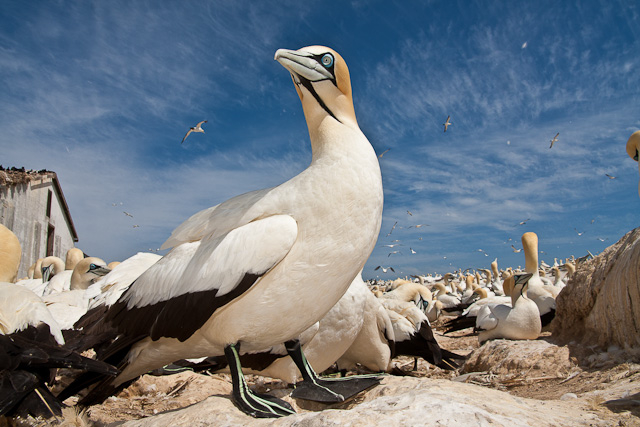
Photo: Photodestinations -
Dassen Island is a small island off the coast of Cape Town, 55 kilometers (34 miles) north of the city. Yzerfontein, the nearest town, is 9 kilometers (6 miles) distant. It is the second largest island in South Africa, with 675 acres (273 hectares) of land. The island is mostly sandy and has a flat surface. However, there are only a few pieces of bedrock, and some sections contain massive granite boulders strewn about. There are a lot of wild rabbits on the island, as well as penguins, tortoises, and guinea fowl colonies. The most important residents are seabirds, and bird aficionados will enjoy identifying the species. The island is off limits to the general public, but you can see it via binoculars while on a boat excursion.
This small island ecosystem is frequently volatile. Dassen Island has been so transformed by natural changes in plant and animal populations, as well as a lengthy history of human disturbance, that its original species is unknown.
Location: Cape Town
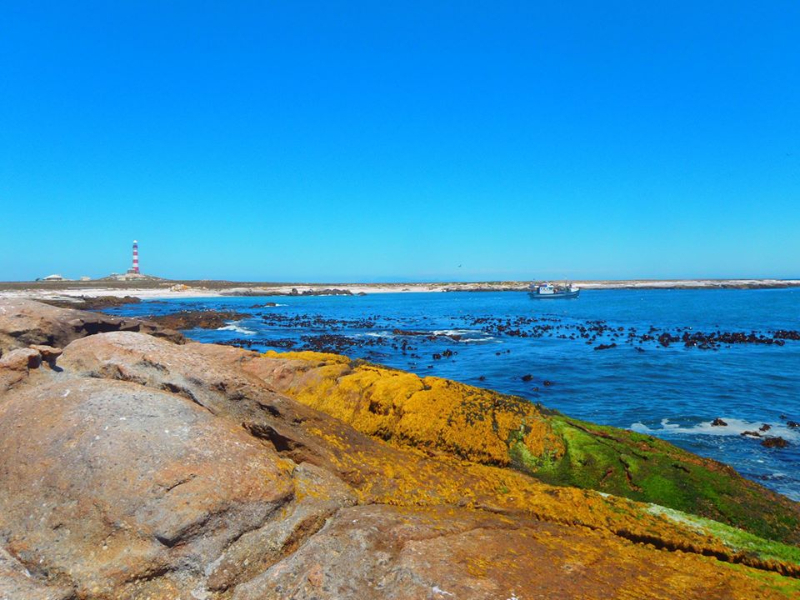
Source: yzerfontein tourism Source: Reuben Jensen -
Duiker Island is located off the coast of Hout Bay, Cape Town. The island is home to Cape fur seals and various seabird species. Only by boat from Hout Bay Harbor is it possible to get here. The boat ride lasts for one hour. You will first travel from the island to the Karbonkelberg mountain range and then to Maori Bay, which is known for past shipwrecks.
You can also take a shorter version of the cruise, which departs from Hout Bay Harbor and proceeds straight to Duiker Island before going up Chapman's Peak for about 40 minutes. You may go to the Bay Harbor Market and the dock, which are both close by. Dungeons, located off the shore of Hout Bay, is a popular surfing area.
Local photographers love this jagged expanse of rock, which is home to seals, seabirds, and animals. Duiker Island's also a great alternative for wildlife fans who don't have time to go on safari. No wonder this is considered as one of the most beautiful islands in South Africa.
Location: Cape Town
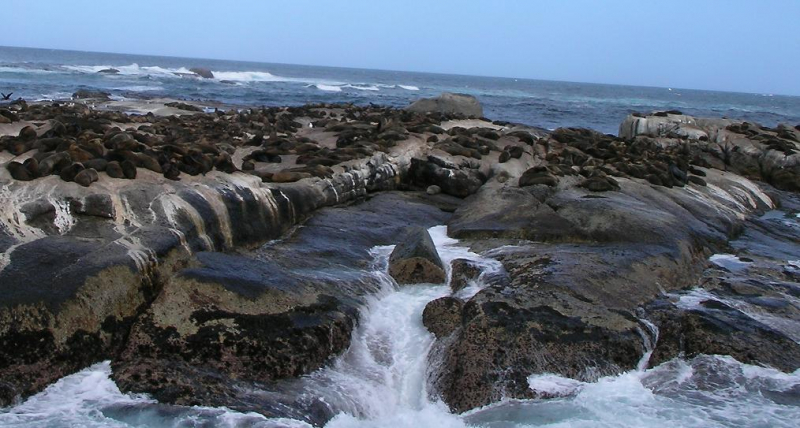
Source: Wikipedia Source: JPRO5IVE • JASON KEMM









